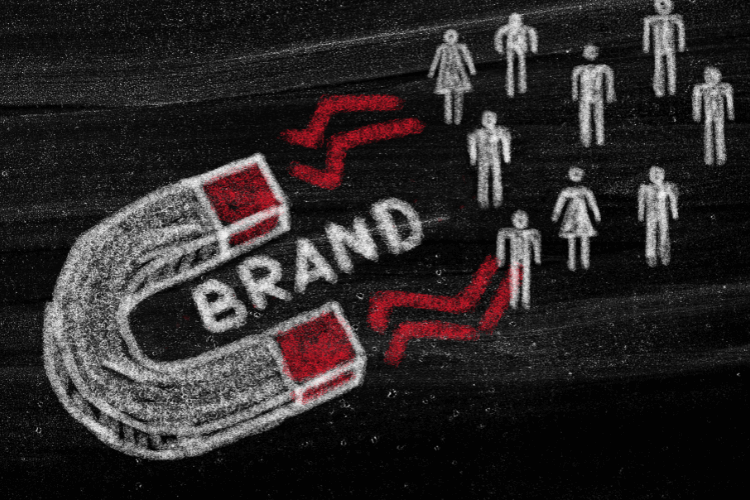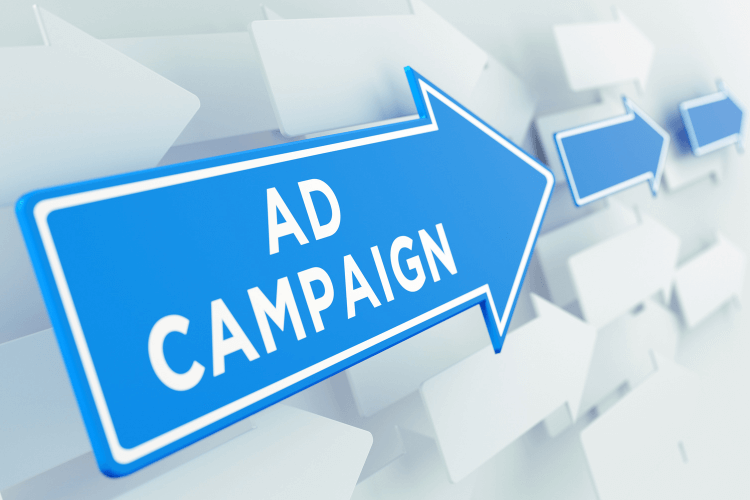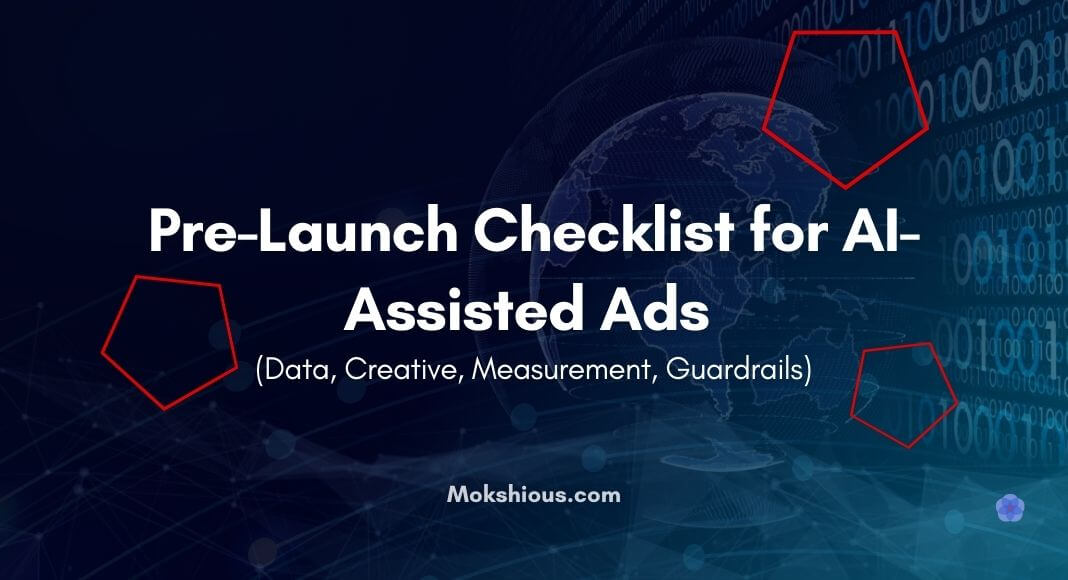Launching a new product or kicking off a big marketing campaign is stressful enough without the extra worry of whether your AI-assisted ads are truly ready to go. One small slip, like forgetting a conversion tag or missing a brand safety framework, can completely derail an official launch. That’s why an AI ads pre-launch checklist works as the ultimate product launch checklist every manager should rely on before pressing the publish button.
This launch checklist guide walks through the entire pre-launch stage: from first-party data readiness and google Consent Mode v2 setup, to Advantage Plus creative best practices, to measurement guardrails and policy compliance. Think of it as your practical step-by-step template for a successful launch.
Why a Pre-Launch Launch Checklist Matters for Every AI Campaign
AI is a powerful tool. It can accelerate campaigns, generate creative variations, and optimize targeting. But without a structured launch plan, you can burn through budget and run straight into compliance issues. Skipping a pre-launch checklist often leads to:
- Conversions are not tracking in GA4 or Google Ads
- AI-generated creatives are being flagged as manipulated media
- Political ads failing regional disclosure requirements
- Landing page UTMs are missing, leaving campaigns impossible to track
This pre-launch checklist provides a solid framework to cut chaos, reduce stress on launch day, and help you position your product for a smooth and successful launch.
Data & Access Setup Checklist for a Successful Product Launch

Confirm Account Access Before Launch Day
Before the marketing campaign even begins, confirm that the account ownership is clean. Check admin access for Meta Business Manager, Google Ads, GA4, and server-side tagging containers. Something as small as a missing role can derail the whole launch process.
First-Party Data Readiness Framework
The first-party data readiness checklist should always cover:
- Mapping CRM, checkout, and lead forms
- Setting up server-side tagging with the Meta Conversions API
- Testing data flows into Google Ads
Server tagging and API setups reduce data loss compared to client-side tags. Many brands using Conversions API report higher tracking accuracy, which makes it easier to position your product for stronger ROAS.
Consent Mode v2 Implementation Plan
Don’t skip privacy safe data activation. Consent Mode v2 is now required in several regions. Make sure your consent signals fire in Google Tag Manager, document them, and run test events to confirm. This step helps customer success teams avoid compliance headaches later.
Tagging & Event QA Framework to Track Campaign Conversions

Google Ads Conversion Tracking Setup
Define conversion events like purchase, signup, or lead submission. Import those into Google Ads so campaigns optimize toward business results, not just clicks. Use a campaign URL builder with UTM parameters to tag every landing page consistently. Tools like the Mokshious UTM Builder save a lot of time here.
Events Manager Test Events Tool to Track Ad Signals
In Meta, the Test Events tool is essential for checking deduplication between the pixel and Conversions API. Keeping diagnostics clean before launch gives you confidence. Add this step to your ad account QA checklist template so it never gets skipped.
Creative & Copy QA Checklist for AI Campaign Launches

Advantage Plus Creative Best Practices
AI tools like Advantage Plus can auto-generate creative variations, but you still need QA. Review how each creative renders across placements and make sure they align with your brand. Match creative messaging to your launch activities and landing page copy for consistency.
AI Creative Approval Workflow and Disclosure Rules
Build a structured approval workflow for AI-assisted creatives. Label AI-generated or materially edited content and follow the manipulated media disclosure policy guidelines. Add an A/B testing plan for creatives to compare human vs AI variations so you can track performance accurately.
Guardrail Framework for Manipulated Media
If you’re running ads in sensitive categories, follow disclosure rules closely. Meta and Google Ads require disclaimers for political content or issue-based ads. Skipping this step can shut down your marketing campaign mid-flight.
Brand Safety Guardrails and Launch Checklist for Marketing Campaigns

Apply the GARM Brand Safety Suitability Framework
Apply the GARM framework to set suitability categories for your campaign. This ad policy compliance guardrail prevents ads from appearing next to content that is damaging. For example, you might block adult categories while still allowing light news.
Regional Policy Compliance for Political Ad Campaigns
If you’re running political campaigns, check regional compliance. ID verification is required for listings in the US and EU Transparency Center. Adding this to your launch checklist ensures your campaign doesn’t get blocked.
Endorsement & Transparency Plan
The FTC Endorsement requires clear disclosures for UGC and influencer testimonials. Add this step to your product launch framework so compliance issues don’t creep up later.
Measurement & Experiment Plan to Track Conversion Success
Cross-Channel Measurement Plan Setup
Define the measurement framework early: KPIs, attribution windows, and tracking sources. Decide whether GA4 or Google Ads is your main source of truth for conversions. Having clear goals avoids confusion when reviewing campaign reports with finance or leadership teams.
A/B Testing Plan and Incrementality Testing for Ads
AI tools can generate a creative variation prompt library quickly, but structured testing is still critical. Use holdout groups, geo experiments, or Google Ads Experiments to measure incrementality. These steps help shape your product roadmap around proven, data-driven results.
Launch Day Final Checklist for Ad Campaigns

Ad Account QA
Before the official launch day, review everything: budgets, flight dates, geo targeting, audiences, and bid strategies. Keep this step tied directly to your launch plan and product roadmap.
Conversion Flow QA and Tracking Framework
Run real-time monitoring in GA4 and Meta Events Manager as soon as ads go live. Confirm event firing, debug in Tag Manager, and check data in reporting dashboards. Troubleshoot immediately before scaling ad spend.
Risk Log for AI-Assisted Ads
Keep track of all the creatives that use AI edits. Verify that disclosure labels appear correctly on YouTube, TikTok, and Meta. This safeguard lessens the possibility of violations of the manipulated media policy.
Final Thoughts: Best Practices for AI Ad Launches
It takes more than just creating outstanding creative to have a successful launch. It has to do with structure and discipline. By following this checklist for AI-assisted ad campaigns, you can make sure that your landing page is tagged, your data flows are verified, your disclosures are in place, and your product is ready for launch.
This ultimate product launch checklist helps managers launch faster, minimize risk, and still make the most of AI tools. Share this template with your team, download the QA version, and keep it handy for every launch stage.
When you launch a new product with a checklist-driven approach, you protect your brand, build trust with compliance teams, and track campaigns with confidence. That’s how you position your product for growth while avoiding costly surprises.
